Interesting facts about @, #, %, ~, and other symbols (11 photos)
Why all these sticks and dashes, how did the symbols familiar to all of us appear, which do not carry independent meaning, but which you cannot do without when writing - read in the selection! 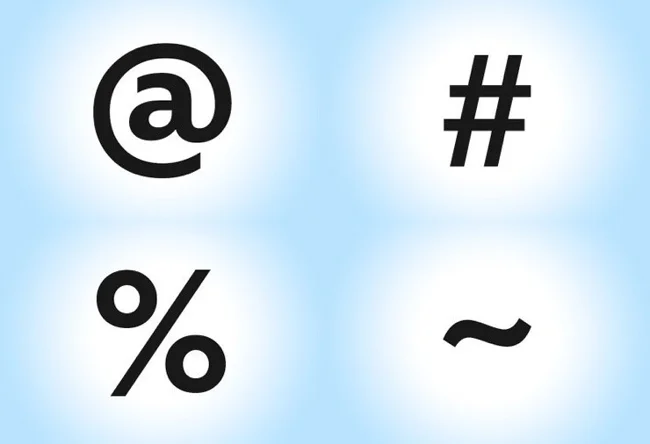
1. Exclamation mark "!" 
The exclamation point comes from the expression “note of admiration.” One theory of its origin is that it was the Latin word for joy (Io), written with an "I" above the "o." The exclamation mark first appeared in the Catechism of Edward VI, printed in London in 1553.
2. Dog, or commercial fl “@” 
The origin of this symbol is unknown. The traditional hypothesis is a medieval abbreviation of the Latin preposition ad (meaning “to”, “on”, “before”, “at”, “at”).
In 2000, Giorgio Stabile, Sapienza's professor, put forward a different hypothesis. A letter written by a Florentine merchant in 1536 mentioned the price of one "A" of wine, with the "A" decorated with a curl and looking like an "@" according to Stabile, which was a shorthand for a unit of measurement of volume - the standard amphora.
In Spanish, Portuguese, and French, the symbol @ traditionally means arroba, an ancient Spanish unit of weight equal to 11.502 kg (in Aragon 12.5 kg); the word itself comes from the Arabic "ar-rub", which means "quarter" (a quarter of one hundred pounds). In 2009, Spanish historian Jorge Romance discovered the contraction of arroba with the @ symbol in the Aragonese manuscript Taula de Ariza written in 1448, almost a century before the Florentine letter studied by Stabile.
3. Octothorpe, or sharp “#” 
The etymology and English spelling (octothorp, octothorpe, octatherp) of the word are controversial.
According to some sources, the sign comes from the medieval cartographic tradition, where a village surrounded by eight fields was designated as such (hence the name “octothorp”).
Other reports suggest it is a humorous neologism from Bell Labs employee Don McPherson, coined in the early 1960s, from octo-, referring to the eight "ends" of a symbol, and -thorpe, referring to Jim Thorpe (an Olympic medalist in whom McPherson was interested). However, Douglas A. Kerr, in his article “The ASCII Character “Octatherp””, says that “octatherp” was created as a joke by himself and Bell Labs engineers John Schaak and Herbert Uthlaut. The Merriam-Webster New Book of Word Histories (1991) gives the spelling "octotherp" as the original, and credits telephone engineers as its authors.
4. Semicolon ";" 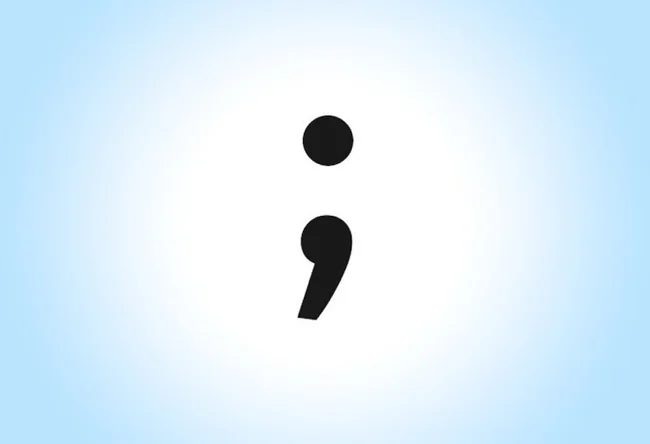
The semicolon was first introduced by the Italian printer Aldus Manutius, who used it to separate opposite words and independent parts of complex sentences. Shakespeare already used semicolons in his sonnets.
5. Percentage "%" 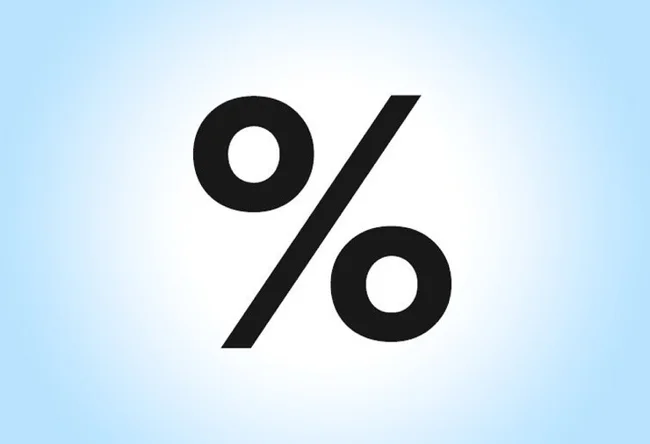
The word “percentage” itself comes from Lat. “pro centum”, which means “hundredth part”. In 1685, the book “Manual of Commercial Arithmetic” by Mathieu de la Porte was published in Paris. In one place they talked about percentages, which were then designated “cto” (short for cento). However, the typesetter mistook this “cto” for a fraction and typed “%”. So, due to a typo, this sign came into use.
6. Ampersand "&" 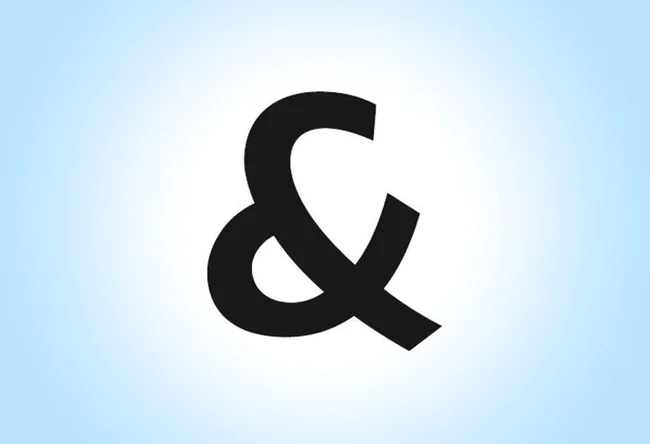
The authorship of the ampersand is attributed to Marcus Tullius Tiron, a devoted slave and secretary of Cicero. Even after Tyrone became a freedman, he continued to write down Ciceronian texts. And by 63 BC. e. invented his own system of abbreviations to speed up writing, called “Tironian signs” or “Tironian notes” (Notæ Tironianæ, the originals have not survived), which were used until the 11th century (so at the same time Tiron is also considered the founder of Roman shorthand).
7. Question mark "?" 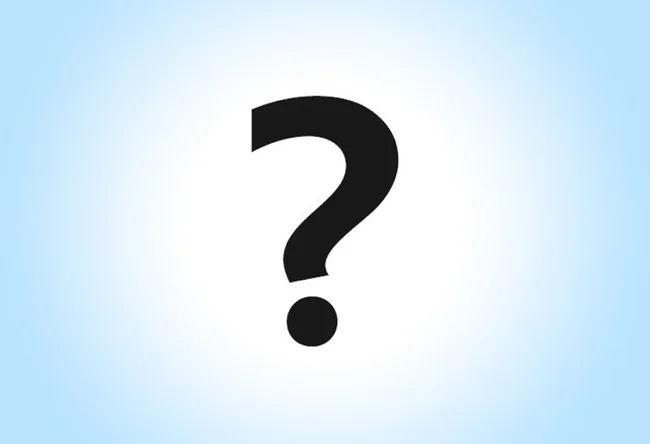
It has been found in printed books since the 16th century, but to express a question it was fixed much later, only in the 18th century.
The design of the sign comes from the Latin letters q and o (quaestio - search for [an answer]). Initially they wrote q over o, which was then transformed into the modern style.
8. Asterisk, or asterisk “*” 
Was introduced in the 2nd century BC. e. in the texts of the Library of Alexandria by the ancient philologist Aristophanes of Byzantium to indicate ambiguities.
9. Parentheses "()" 
Parentheses appeared in 1556 in Tartaglia (for radical expressions) and later in Girard. At the same time, Bombelli used a corner in the shape of the letter L as the initial bracket, and an inverted corner as the final bracket (1550); This notation became the progenitor of square brackets. Curly braces were proposed by Viet (1593). Still, most mathematicians then preferred to underline the expression being highlighted instead of parentheses. Leibniz introduced brackets into general use.
10. Tilde "~" 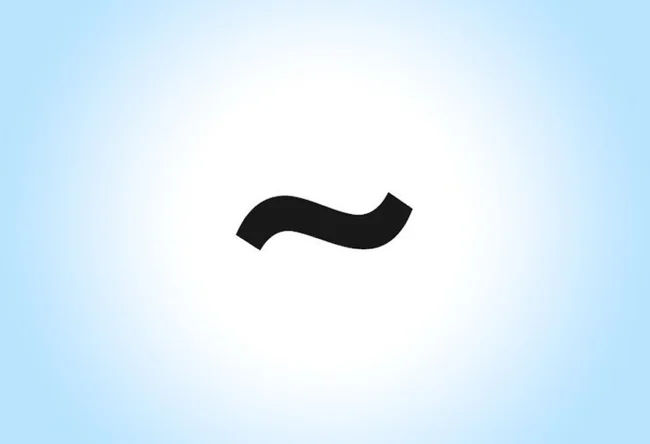
In most languages, the superscript tilde corresponds to a sign derived from the letters n and m, which in medieval cursive were often written above the line (above the previous letter) and degenerated into a wavy line in style.

